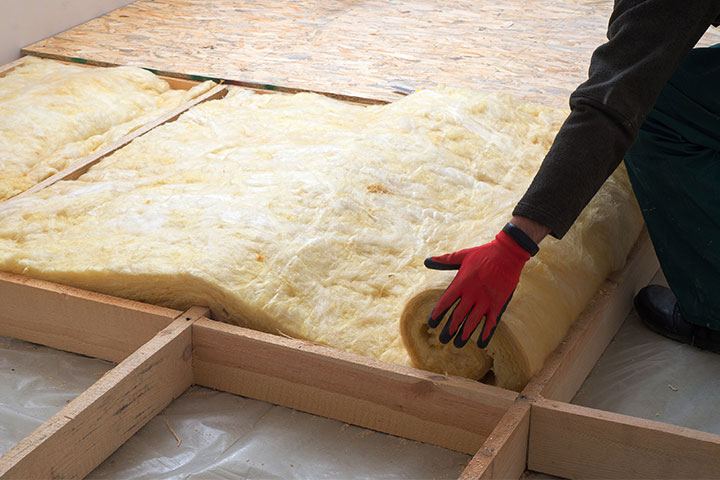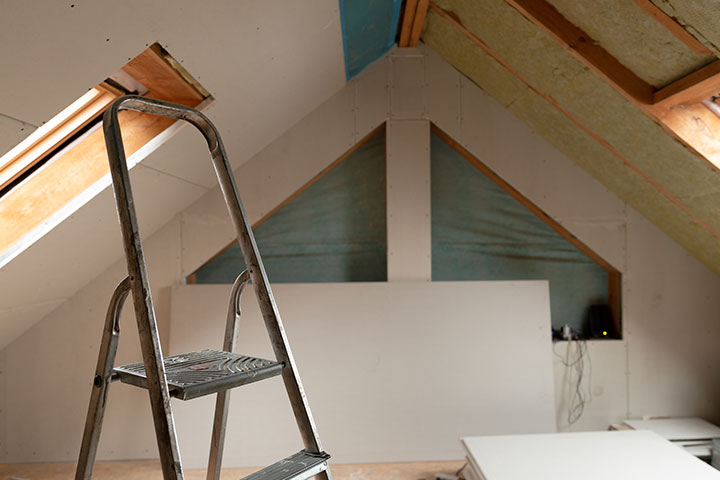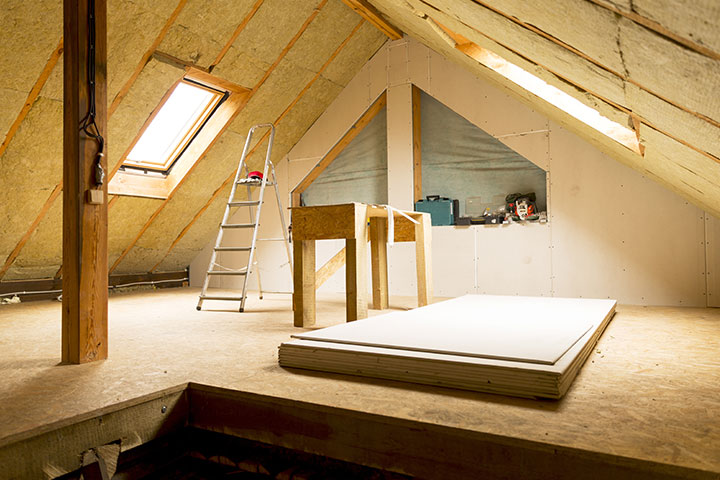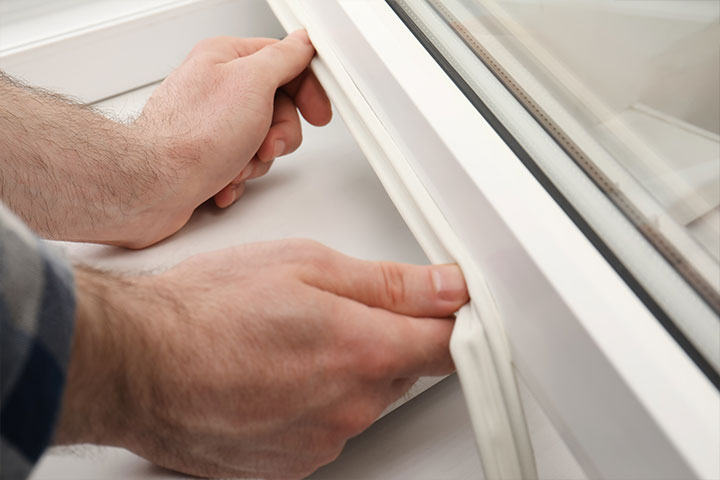Yup, it's almost that time again. When Britain cheerily waves to the sun and says "See you in April." We can't dodge the winter. But we can apply our hard-won DIY skills to get our house ready. Not just to do our bit for saving the planet but saving our cash too. And as energy prices are on the rise, that's a very good thing right now.
Insulation
Time to get everything wrapped up before Christmas. You can read our previous blog about how to wrap up your home properly - did you know that 50% of the heat in your home can escape through the roof, walls, windows and floors?
Here are some top tips to make sure your home is winter-ready and how to keep a cold house warm.
Loft Insulation
Insulating your loft or attic is a really effective way to reduce heat loss and bring down those heating bills. And it's pretty easy to do yourself. Just get your thermal rolls of insulation, cut them to size and lay them between joists, starting in the farthest corner. And don't forget to keep a bit to cover your loft hatch too.
Floor Insulation
Adding underfloor insulation to an older home with suspended timber floors is relatively easy to do. The simplest way is just to lift the floor boards and install the insulation between the floor joists. You only need to insulate the ground floor. And if you have a floor made of solid concrete. then you can use rigid insulation boards laid on top. Along with reducing heat loss, this prevents damp and helps with noise dampening too.
You can also seal the gaps between your floor and the skirting boards – it’s easy to do it yourself, with a tube of sealant.
Wall Insulation
Insulating the walls can dramatically reduce the amount of heat loss in winter. Even a British one. A solid wall can either be insulated internally or externally. Internal insulation systems are usually mounted onto wooden studwork frames which is like double glazing your walls.
Hot water tanks
Just like insulating the rest of your home, insulating your hot water tank is an easy and inexpensive way to improve energy efficiency and save you money each month.
If it's new, it is likely already insulated. If you have an older hot water tank, then insulating it could save you up to 16% in your water heating costs.
Similarly, insulating your hot water pipes helps reduce heat loss. And, little known fact, can also give you hotter water than uninsulated pipes. So you also won't have to wait as long for hot water, which helps conserve energy. Energy-saving polyethylene foam pipe sleeves are the cost efficient and easy way to go.
Draught proofing
If you do have an older home, then inevitably you'll lose some heat through draughts around doors and windows, gaps around the floor, or through the chimney if you have one. It's easy to sort out yourself and even draught proofing around windows and doors could save you around £25 a year.
Windows - use self-adhesive foam strips to stick around the window frame and fill the gap between the window and the frame. There are two types.
Doors - use keyhole covers, letterbox flaps and draught excluders at the bottom. If there are gaps around the edges, you can use strips similar to the ones for your windows.
So there we have it, the cheapest way to heat a room without central heating and a great way to save the planet at the same time. Stay cosy, keep out those draughts and keep at the DIY.
Reducing your bills, making your home more comfortable and helping the environment isn't too shabby of an achievement in a weekend.











